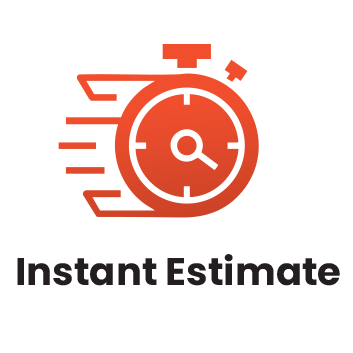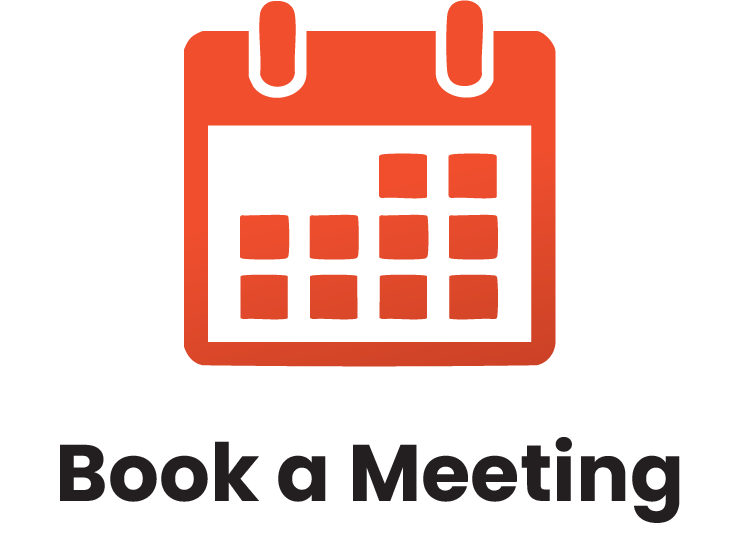Interactive training sessions led by experienced facilitators.
What is In-Person, Instructor-Led Training?
Our in-person training is delivered by a live facilitator who works directly with your team at your location. It’s our most popular format because it allows for real-time interaction, hands-on learning, and direct support.
Every session is tailored to your team’s specific goals, industry, and challenges—no generic, one-size-fits-all programs. Whether it’s a single session or a full training series, we design the experience to be relevant, practical, and fully aligned with your needs.
What is Live Webinar Training?
Live webinars are facilitator-led training sessions delivered online in real time. They’re ideal for teams working in different locations or with busy schedules.
This format offers shorter, more frequent sessions that are easy to coordinate—making it a convenient option for organizations with remote or distributed teams.
What is Virtual Classroom Training?
Virtual Classroom training is live, instructor-led training delivered online. It offers the same interactive experience as in-person sessions, with real-time discussions, group activities, and instructor feedback.
It’s a flexible option for organizations that want to reduce travel, save costs, or better fit training into busy schedules.
What is a Lunch & Learn Session?
Lunch & Learn sessions are short, facilitator-led training sessions delivered in person or online—typically during the lunch hour. They focus on specific topics or skills and offer a quick, engaging way to learn without a full-day commitment.
These sessions can be offered as one-time events or as part of a series, making them a great option for ongoing, bite-sized learning.
Online Learning
Enjoy our self-paced option and learn from anywhere!
$199.00 USD
Introduction to Neuro Linguistic Programming
Your brain, thoughts, and behavior are at the core of everything that you do every day, even if you aren’t aware of it. In order to truly achieve the results that you want to achieve, you must master the art of bringing your unconscious thoughts to the surface, so that you can have real choice over how you interact with and respond to the world. Neuro-linguistic programming can give you the tools to do just that.
In this one-day introductory workshop, you will learn the basics of neuro linguistic programming. We will give you the tools to manage your thoughts, and thereby manage yourself.
LEARNING OBJECTIVES
At the end of this workshop, you will be able to:
- Define neuro linguistic programming (NLP) and its key terms
- Describe the key presuppositions of NLP
- Describe the five senses as seen by NLP
- Identify states of mind and modes of thinking using predicates and visual cues
- Develop and refine response strategies for any situation
- Use enriched language to engage your audience
- Interpret body language based on NLP principles
- Ask clean, precise questions to get the information you need
- Use hypnotic language and positive commands to get results


COURSE OUTLINE
What is Neuro Linguistic Programming?
To begin, you will help participants define neuro linguistic programming and determine how it can help them in their day-to-day lives. Participants will learn about the history of NLP (including an explanation of why its credibility was damaged in the 1990’s) and review some key NLP terms.
The NLP Presuppositions
Next, participants will explore 11 of NLP’s guiding principles through a small group activity.
The Senses According to NLP
This session will explore our sensory systems as represented by the VAKOG acronym. Participants will also learn about sensory predicates – words that indicate what sensory system a person is using. The session will conclude with a discussion and an exercise on eye accessing cues.
Using Enriched Language
Powerful speakers all have one thing in common: they use language that appeals to all of our senses. This session will teach participants how to do just that.
Interpreting Body Language
Traditionally, body language has been used to help the listener interpret messages being sent. However, NLP uses body language to help sensitize us to the speaker’s state. This session will give participants some key behaviors of common states. Participants will also have a chance to practice these skills in a role play.
Asking Clean Questions
NLP also provides a different approach to asking questions. NLP uses question forms that are more typically seen in therapy, called clean questioning. Participants will learn some different clean question frameworks in this session and have a chance to practice them.
The Power of Hypnotic Language
Next, participants will learn how to embed commands in a message and how to influence a positive outcome.
Putting it All Together
This session will give participants a chance to bring everything that they have learned together and role play a situation that recently happened in their lives.


















